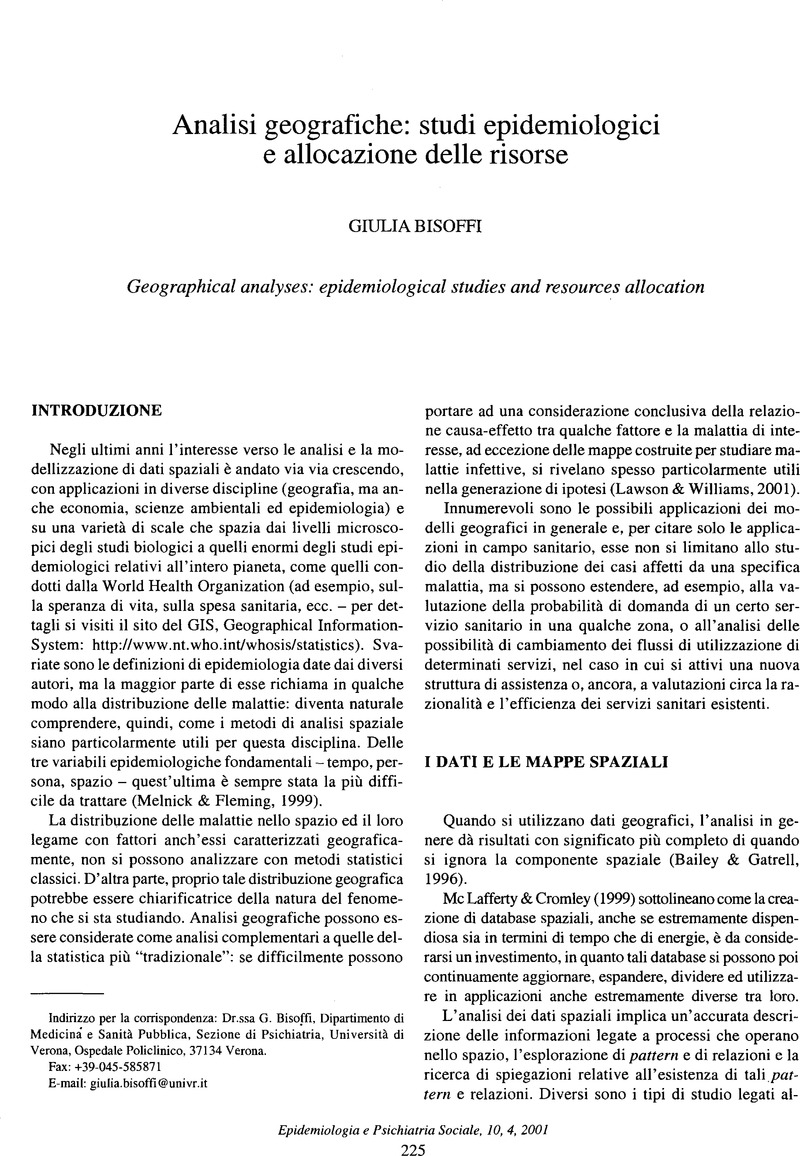Crossref Citations
This article has been cited by the following publications. This list is generated based on data provided by Crossref.
Bonizzato, Paola
and
Tello, Juan Eduardo
2003.
Social economic inequalities and mental health. I. Concepts, theories and interpretations.
Epidemiologia e Psichiatria Sociale,
Vol. 12,
Issue. 3,
p.
205.
Tello, Juan Eduardo
Jones, Julia
Bonizzato, Paola
Mazzi, Mariangela
Amaddeo, Francesco
and
Tansella, Michele
2005.
A census-based socio-economic status (SES) index as a tool to examine the relationship between mental health services use and deprivation.
Social Science & Medicine,
Vol. 61,
Issue. 10,
p.
2096.



